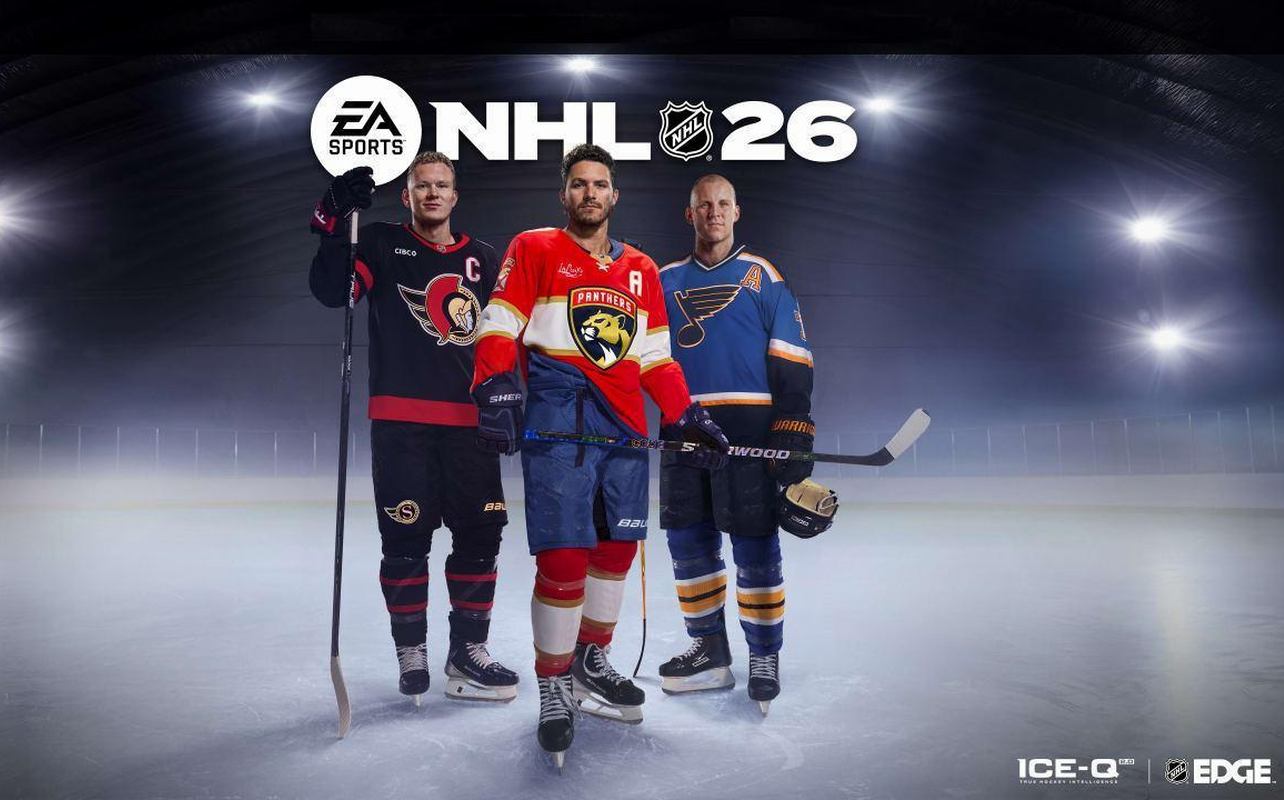
When it comes to annual sports releases, hockey fans know the drill. Each year, EA Sports takes another swing with its NHL series, promising sharper action and a more authentic feel on the ice. Sometimes the updates hit hard, while other years leave you wondering if you’re just skating through the same old motions. With NHL 26, EA Vancouver returns to the rink with the promise of refined gameplay and long-awaited updates to popular modes. The question, as always, is whether those changes truly move the series forward or if it’s more of a fine-tune than a breakthrough.
Loading up NHL 26 for the first time, I couldn’t help but think back to my time with last year’s game. NHL 25 felt like a step in the right direction with its skating upgrades and smarter AI, but it also carried the weight of fan frustration over modes that had gone untouched for far too long. That mix of excitement and skepticism carries into this year’s release, which again tries to balance familiar strengths with fresh adjustments.
One of my first moments with NHL 26 reminded me why I still look forward to each new season. A perfectly timed pass from the corner set me up for a clean shot in front of the net, and this time the goalie’s reaction caught me off guard. Instead of the usual predictable outcome, I found myself surprised by a sudden diving save. It was a small moment, but it felt different enough to spark some real hope.
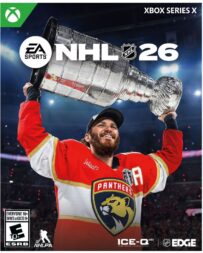
NHL 26 details
Platform(s): PlayStation 5 and Xbox Series X|S
Developer(s): EA Vancouver
Publisher(s): Electronic Arts
Genre: Sports
Modes: Single-player, multiplayer
ESRB Rating: E10+ (Everyone 10+)
First period action on the ice
NHL 26 makes its biggest strides where it matters most: on the ice. The headline upgrade this year is ICE-Q 2.0, EA Sports’ system designed to bring more authentic movements to the game. Star players stand out in ways that finally feel noticeable. Connor McDavid bursts forward with speed that few can match, while a quick-release shooter like David Pastrnak can let pucks fly faster than most defenders are ready for. These small touches make matchups feel closer to the real NHL.
The other major change comes in the net. Goalies benefit from over 80 new animations, and the difference is clear from the first game. They track shots more realistically, sprawl for diving saves, and handle one-timers with far more consistency than last year. It’s still possible to find the occasional odd goal slipping through, but overall goalie play feels smarter and less robotic. In one game, I set up a cross-crease pass that looked like a sure goal, but the goalie lunged across for a glove save that never would’ve happened in NHL 25. Plays like that keep the action fresh.
That said, not everything feels smoother. Body checks remain stiff and sometimes awkward, breaking the flow when collisions don’t look natural. Defensive AI also struggles at times, leaving open lanes or failing to cycle the puck when the play demands it. ICE-Q 2.0 helps stick handling feel more fluid, but the improvements aren’t always as noticeable as you’d hope during heated scrambles in front of the net.
Even with these shortcomings, NHL 26 delivers fast-paced hockey that’s fun and challenging. The goalie upgrades in particular make each game less predictable, and combined with more distinct superstar behaviours, they ensure the action doesn’t simply feel like a copy of last year.
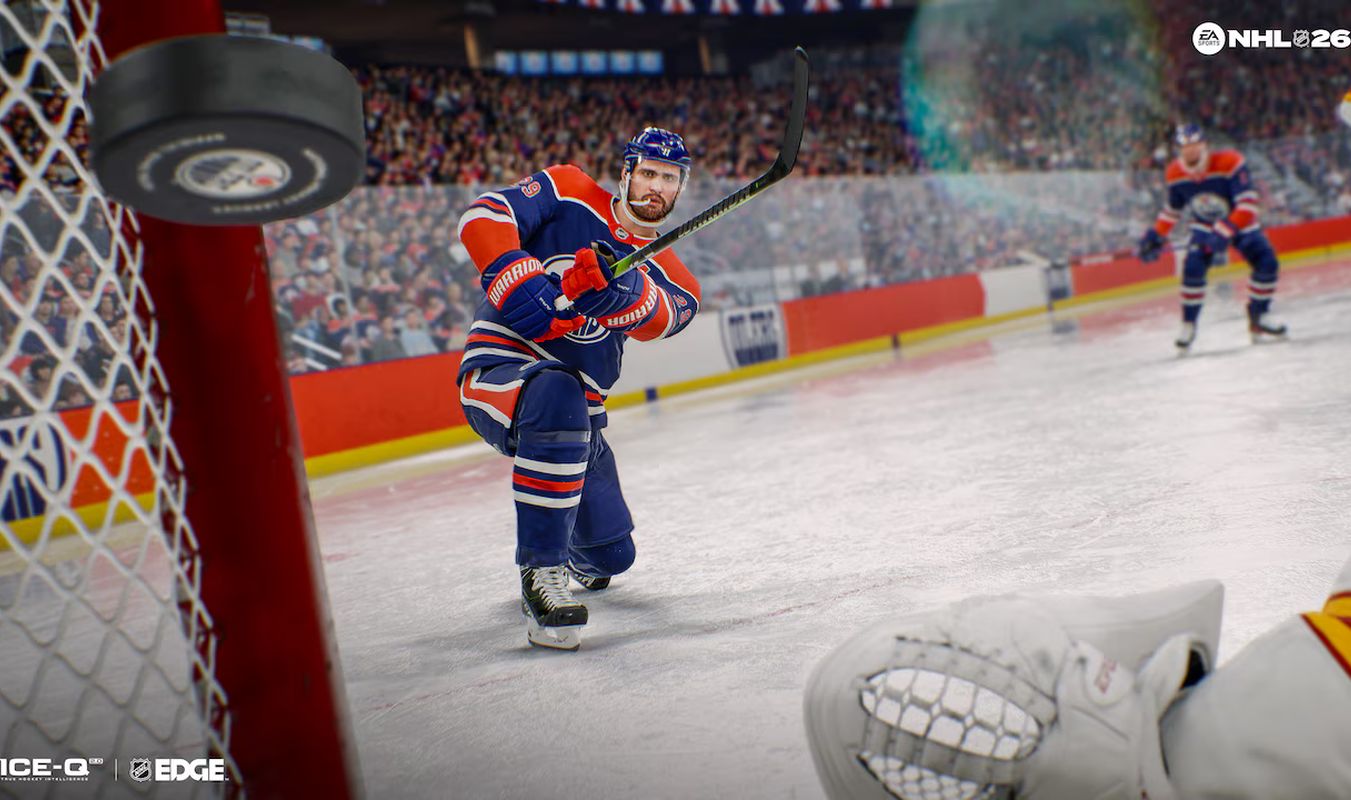
Second period spotlight on the modes
If there’s one area where NHL 26 makes a noticeable push, it’s the modes you’ll spend the most time in. Be A Pro finally breaks out of its rut with a revamped interface, cutscenes, and a stronger sense of progression. Your journey begins at the World Juniors and moves into the Memorial Cup before the NHL draft. Objectives from your GM and conversations with your mentor, Macklin Celebrini, shape how your career unfolds. For the first time, underperforming can even result in an AHL assignment, adding real weight to each game.
I felt the draft pressure most during the Memorial Cup, where every mistake seemed like it could cost me. A late turnover nearly cost me the game, and I couldn’t help but wonder if it would drop me a few spots in the draft. That sense of consequence gives Be A Pro a sharper edge than it’s had in years. On the downside, dialogue often feels flat, and the voice work doesn’t always sell the drama. Simming games is also punishing, sometimes derailing progress in frustrating ways.
Hockey Ultimate Team also sees meaningful changes. The new Cup Chase replaces Squad Battles, letting you play an 18-game season capped with playoffs for rewards. The addition of a salary cap forces more strategic roster building, preventing the overpowered “super teams” that used to dominate. Offline play options also make the mode more accessible if you prefer not to spend all your time online. That said, the card-collecting model still leans heavily on grinding and microtransactions, which can sour the experience.
Franchise Mode remains largely untouched. It’s disappointing for those hoping for deeper management options or the long-requested return of GM Connected. While Be A Pro and HUT show forward movement, Franchise continues to sit on the bench waiting for its turn.
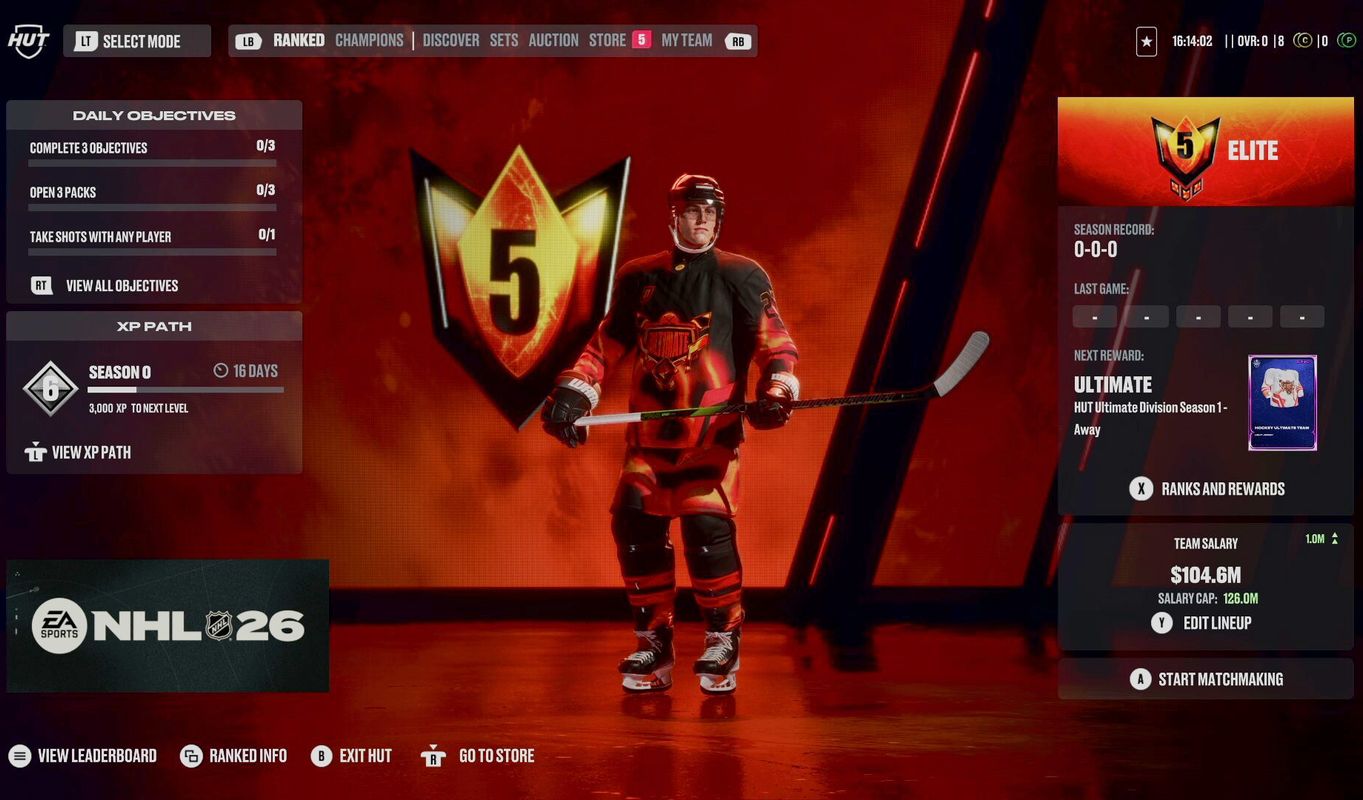
Third period presentation on display
Presentation has often been a sticking point for the NHL series, and NHL 26 makes some strides without fully breaking away from old habits. The most obvious upgrade comes through replays. Instead of canned highlights that only focus on goals, the new replay system mixes in defensive plays, saves, and breakouts. NHL Edge overlays add stat breakdowns, giving the package more of a broadcast feel. It’s not flawless, but the variety makes replays more fun to watch.
Another welcome addition is the inclusion of player walkouts. Before stepping onto the ice, you’ll see teams preparing in the tunnel, with lights and commentary building the atmosphere. Seeing the walkout for the first time, I actually let it play through instead of skipping, which isn’t something I usually do. Licensed music also adds energy, helping each arena feel a little closer to the real thing.
Menus and navigation have also been cleaned up. Switching between modes is quicker, and the streamlined Edit Lines screen carries over to every mode. Getting into a game feels less clunky, which is a big improvement over last year.
Not everything works, though. Commentary remains an issue, with repeated lines happening way too often. Presentation in Franchise still feels barebones compared to other sports titles, and outside of the new walkouts, some intros still look identical to NHL 25. While there are improvements, the presentation still has room to grow.
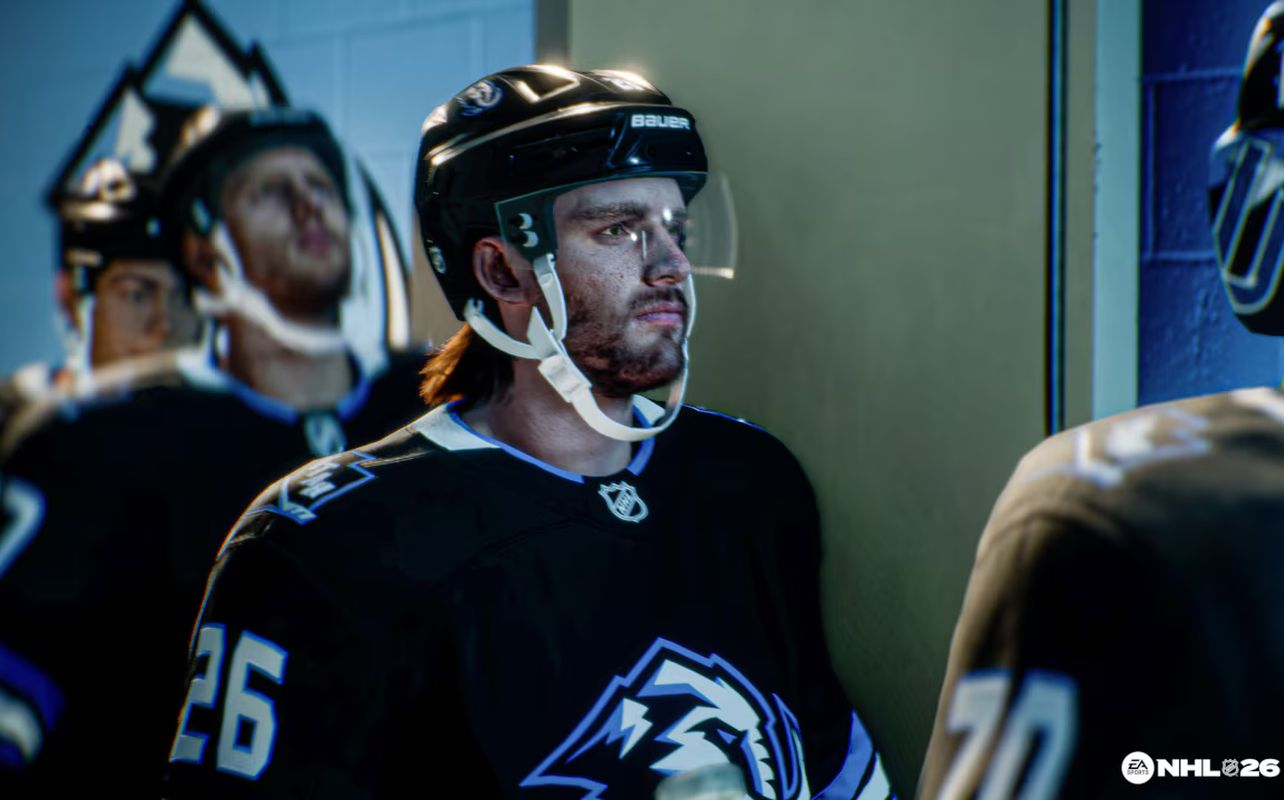
NHL 26 improves key areas yet struggles to break new ground
NHL 26 continues EA Sports’ tradition of small steps rather than sweeping changes. The biggest updates come in areas fans have been asking about for years. Be A Pro finally feels refreshed with a new interface, cutscenes, and a stronger sense of progression, even if the voice work and dialogue don’t always deliver. Hockey Ultimate Team gets a boost from Cup Chase and the new salary cap system, which helps keep rosters balanced and gives offline play more purpose. Goalies are also the best they’ve been in years, with new animations that make saves feel less predictable and more exciting to watch.
| Pros | Cons |
|---|---|
| Goalies have over 80 new animations that make saves smarter and less predictable. | Commentary repeats too often, breaking the flow of games. |
| Be A Pro finally feels refreshed with new progression, cutscenes, and meaningful consequences. | Franchise Mode hasn’t received meaningful updates and still lacks GM Connected. |
| Star players stand out thanks to ICE-Q 2.0, making matchups feel closer to real hockey. | Hockey Ultimate Team still leans heavily on grinding and microtransactions. |
| Hockey Ultimate Team’s new Cup Chase mode adds playoff-style rewards and offline play options. |
At the same time, NHL 26 can’t escape the sense of familiarity. Franchise Mode hasn’t seen meaningful change, and presentation still falls short of other sports titles. Body checks remain rigid, commentary repeats too often, and ICE-Q 2.0’s impact is subtle compared to the way it was marketed. It’s a better game than NHL 25 in key areas, but it doesn’t push the series forward as much as it could.
Overall assessment of NHL 26
Gameplay: 4/5
Graphics: 3.5/5
Sound: 3.5/5
Lasting appeal/Replayability: 4/5
Overall rating: 3.8/5 (76%)
For me, the goalie improvements alone were enough to make games feel more competitive, and Be A Pro’s new structure gave me reasons to return more often than last year. Still, I couldn’t shake the feeling that many parts of NHL 26 will leave longtime fans wanting more. Hockey fans will find enough to enjoy, but anyone hoping for a true overhaul may find themselves waiting another year.
Click here to see the full line of video game software available at Bestbuy.ca
Click here to see digital video game downloads offered at BestBuy.ca





